Eastern White Pine Root System
Eastern white pine root system. Eastern white pines bark is smooth and gray on young trees becoming broken into small plates when mature. Pine needle scale is a white elongated scale found on the needles. But I investigate the white pine tree root system.
It is a large pine tree with historical significance as the Iroquois Native American Haudenosaunee considered it as the Tree of Peace and chose it as a symbol for the unity of the Iroquois Confederacy. White Pine prefers full to partial sunlight well-drained conditions moist to dry-mesic and a rather loose soil that lacks clay. The Eastern white pine does not naturally reproduce vegetatively.
There is no typical root system. The root system is woody abundantly branched and somewhat shallow. The root system is deep 40 inches or so with spreading.
Depending on the scale. 3-4 feet deep in uniform sandy soils. It can get 100 feet tall and twenty feet outwards.
Based on this Pine roots are divided into two types that is Fine roots and Coarse roots. A tree growing near Syracuse New York was dated to 458 years old in the late 1980s and trees in Michigan and Wisconsin were dated to approximately 500 years old. This tree reproduces by reseeding itself sometimes forming extensive colonies.
Pine tortoise scale is brown and found on twigs. 200 years occasionally older. Branches in upper crown ascending giving a.
Fires and in areas where soil was washed away by erosional processes. Dig a slit trench six inches deep between your foundation and the tree and see if there are roots present.
The Eastern white pine does not naturally reproduce vegetatively.
It is a large pine tree with historical significance as the Iroquois Native American Haudenosaunee considered it as the Tree of Peace and chose it as a symbol for the unity of the Iroquois Confederacy. Some specimens keep the bluish color throughout the winter others loose it. Dig a slit trench six inches deep between your foundation and the tree and see if there are roots present. Do not cut the tree until you see where the shallow roots are going. It will grow in a variety of soils but prefers loamy well drained soils in full sun and will do best if not too dry. It is long-lived and can be the dominant tree in certain areas. Eastern white pines bark is smooth and gray on young trees becoming broken into small plates when mature. Eastern arborvitae eastern thuja Northern white-cedar. Eastern white pine forests frequently establish after disturbance and are even-aged.
These root very well however. The Eastern white pine does not naturally reproduce vegetatively. It is a large pine tree with historical significance as the Iroquois Native American Haudenosaunee considered it as the Tree of Peace and chose it as a symbol for the unity of the Iroquois Confederacy. All species of pine trees are. 200 years occasionally older. Eastern White Pine prefers moist well-drained sandy loam soils with a pH range of 40-65. In mature trees crown irregular with a few long stout branches set roughly at right angles to the trunk.


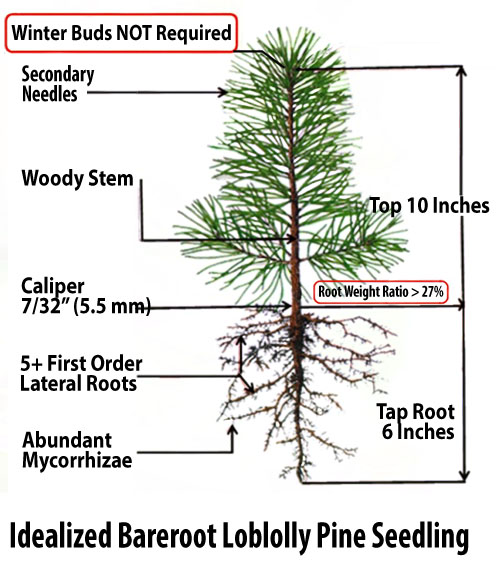

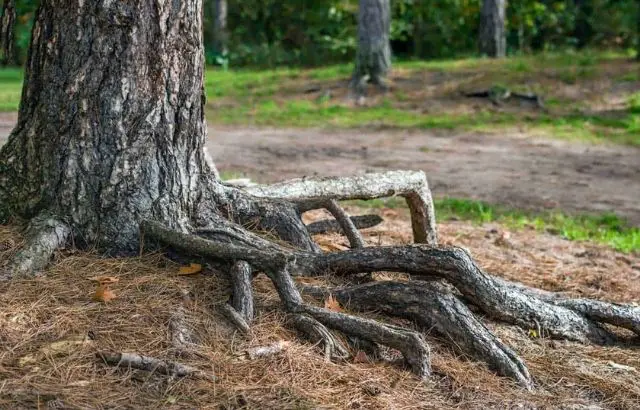



/eastern-white-pine-trees-4125586-04-3b9e60ad3ac14efba38ce0ec72b6770d.jpg)
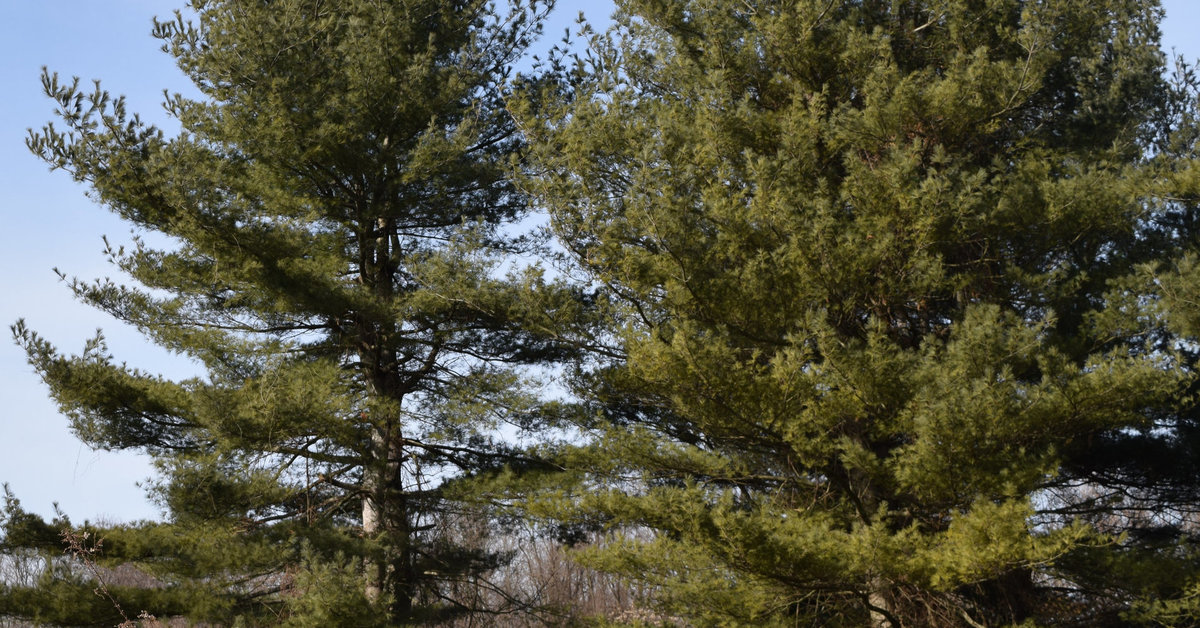

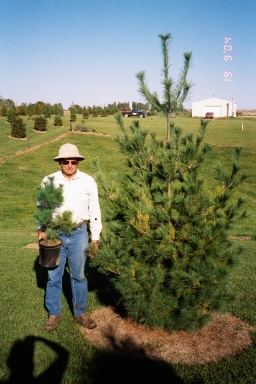


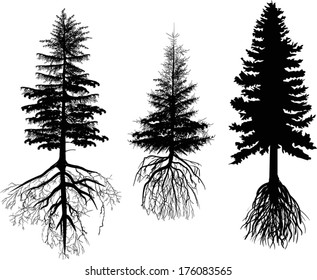

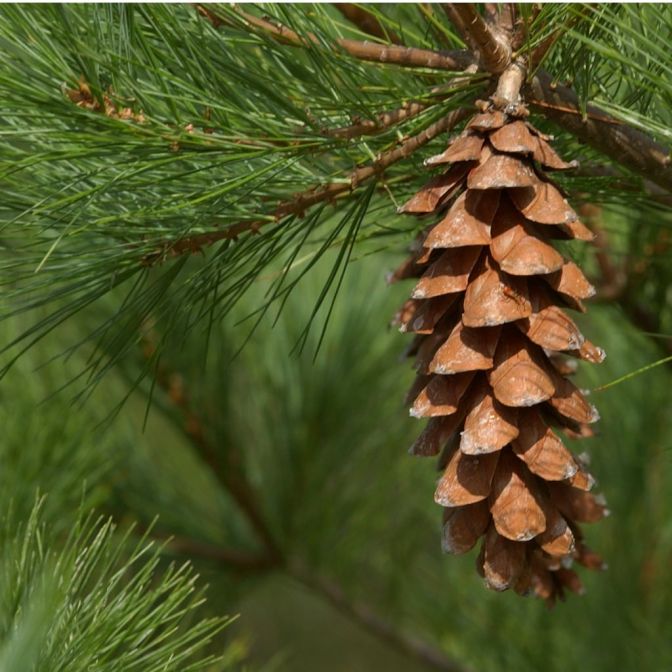


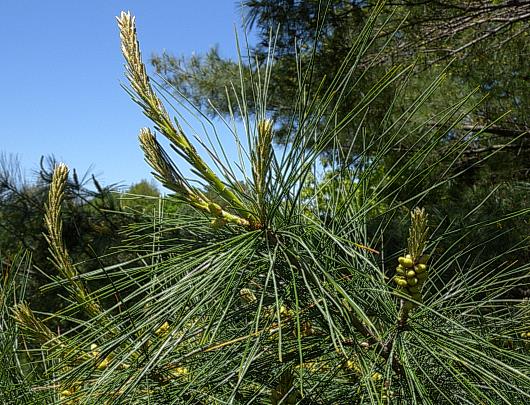
:max_bytes(150000):strip_icc()/eastern-white-pine-trees-4125586-06-e31f3e563b824101adcd42681abbc1db.jpg)
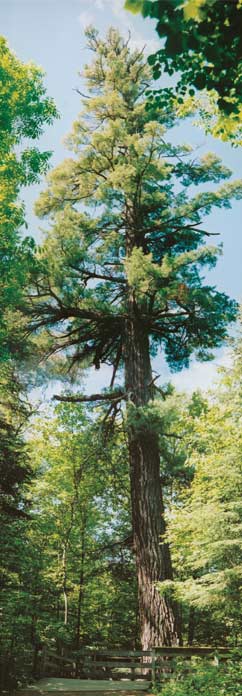
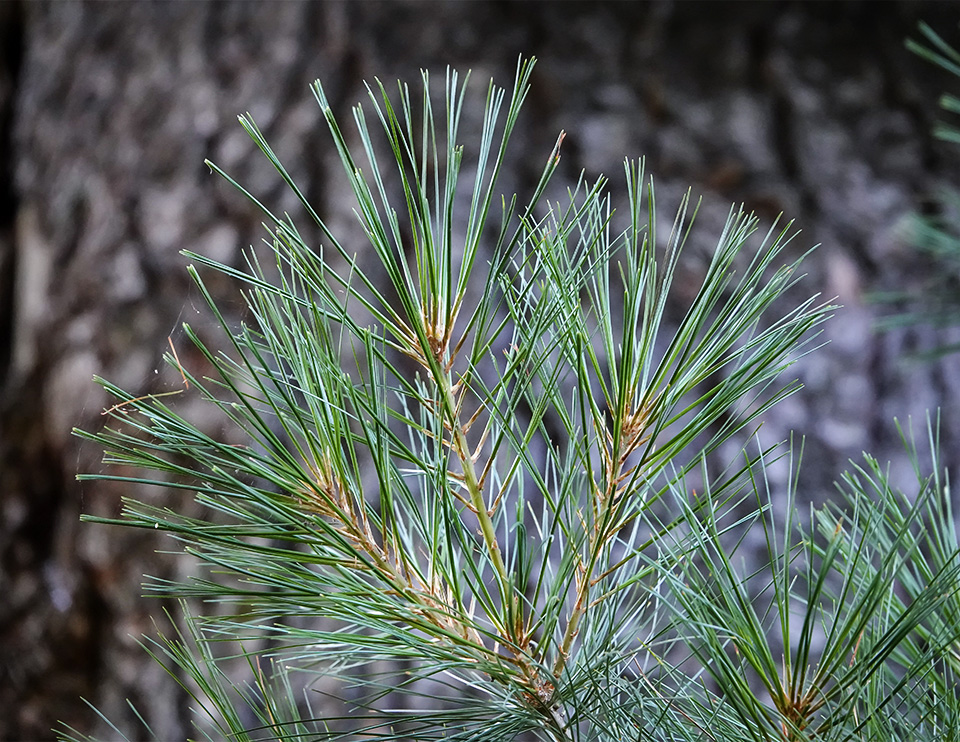
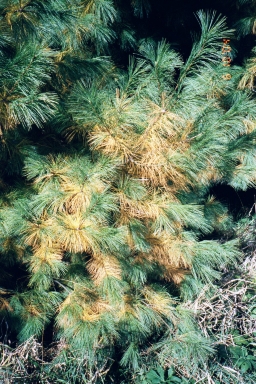









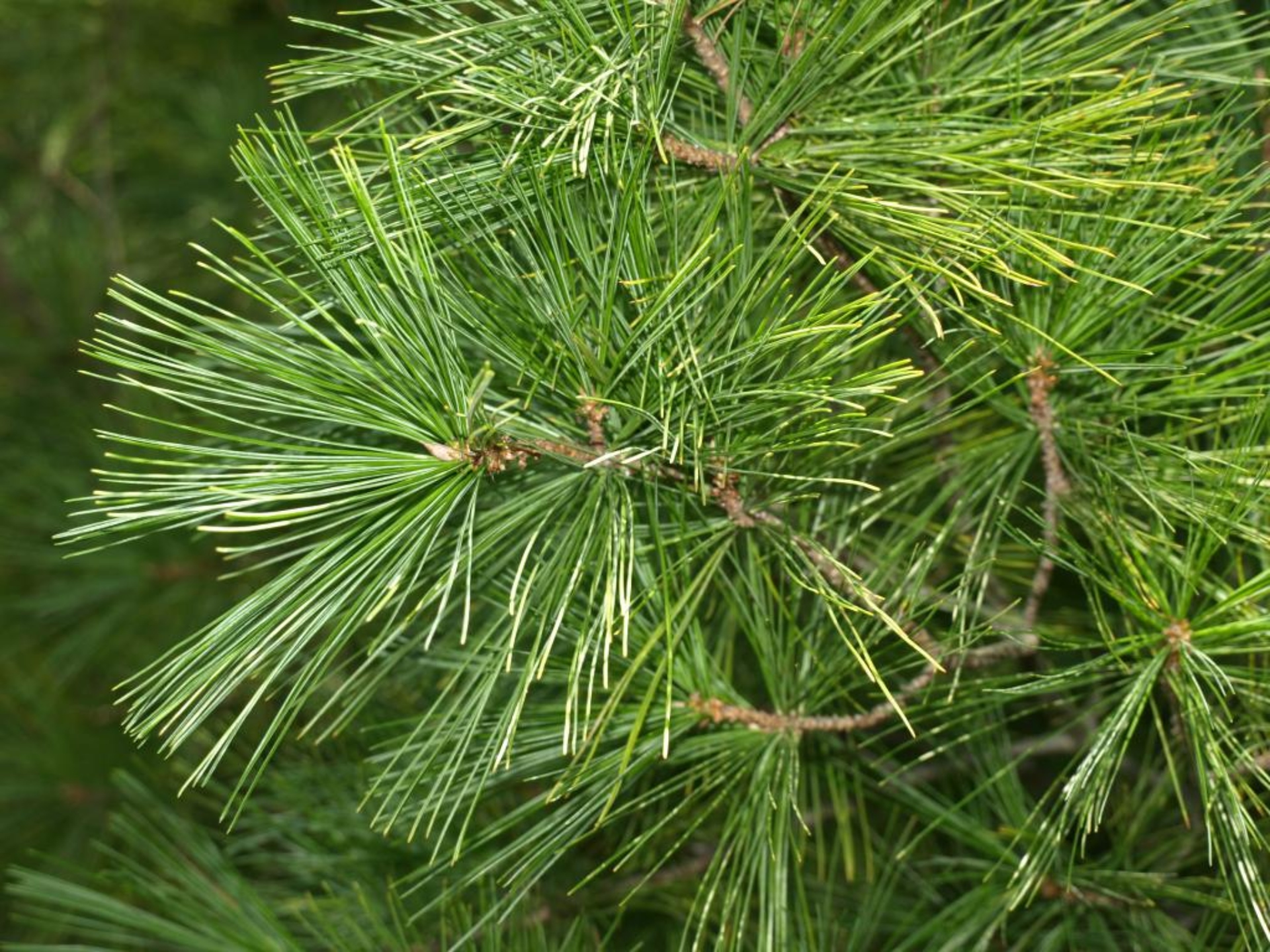



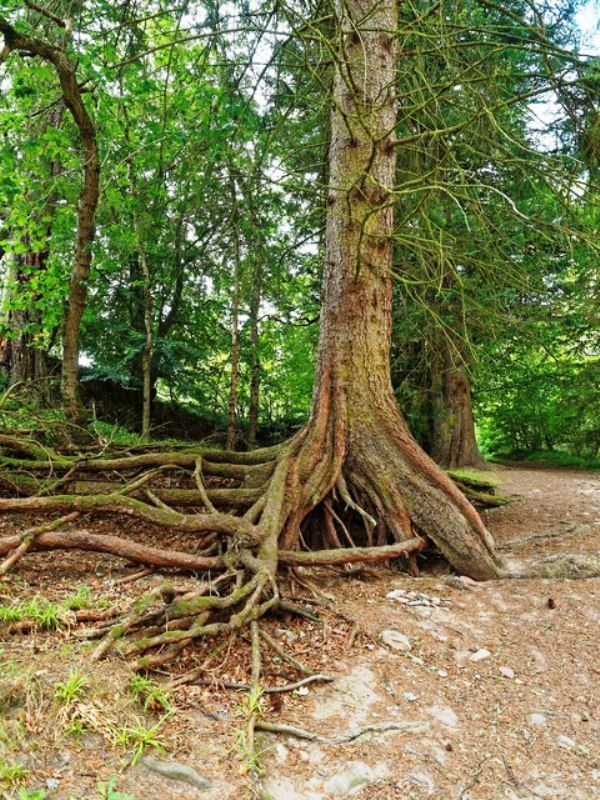
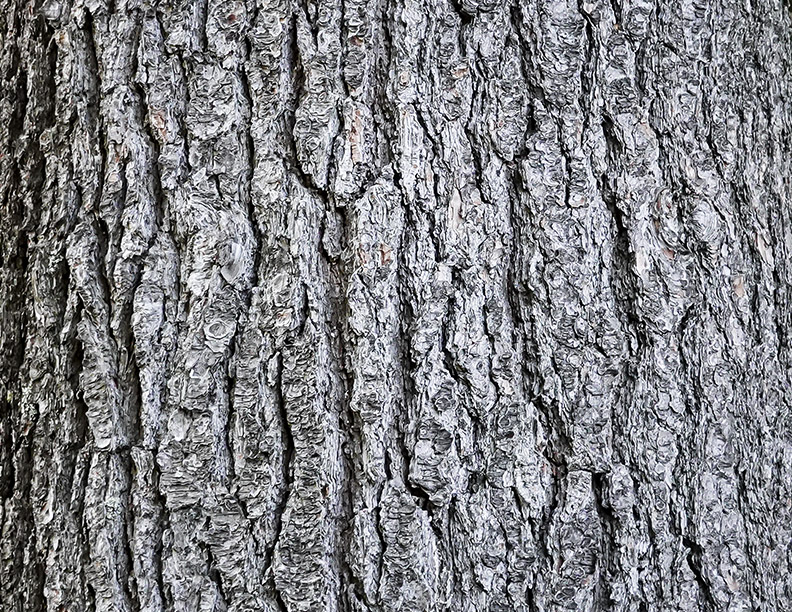

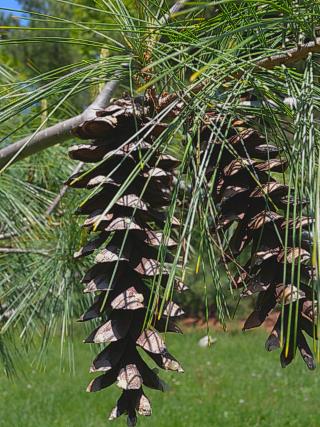

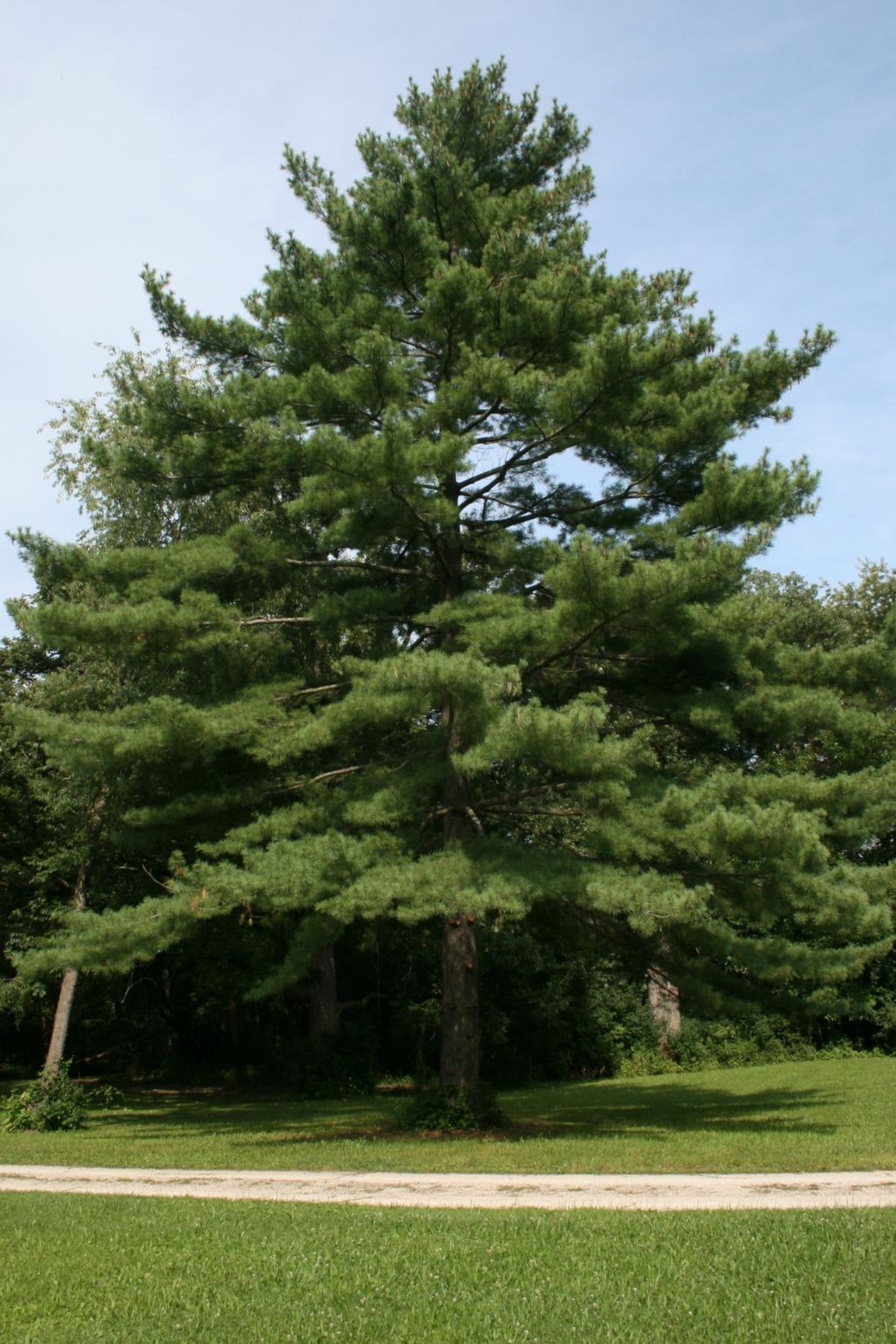

Post a Comment for "Eastern White Pine Root System"